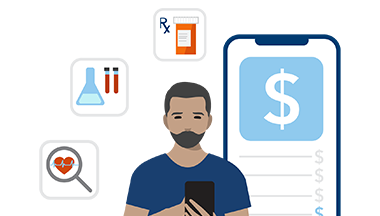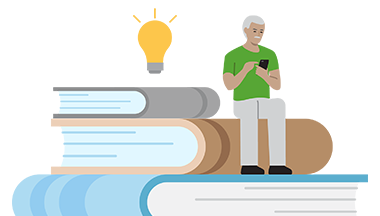-
With a Kaiser Permanente HMO plan, expect predictable costs for care and no deductibles. You’ll know from the start how much your copays or coinsurance are for services and prescriptions.
HMO plans

A guide to getting the most from your health plan
Your plan features include:





Health plan basics
-
The cost of your visit depends on your plan, the care you need, and how much you’ve paid toward your out-of-pocket maximum. Before your visit, you can get a personalized cost estimate to help avoid surprises.
-
Your copay or coinsurance depends on many factors, including your plan details, how much you’ve already paid for care, and the type of care you receive. To learn about your plan’s copay or coinsurance details, sign in to your kp.org account.
-
Most copays and coinsurance will count toward your out-of-pocket maximum. To learn more about your copays or coinsurance and track your out-of-pocket maximum, sign in to kp.org.
-
If you make a payment at check-in, it might not cover everything you owe. That’s because your care team doesn’t know exactly what you need until they talk with you. You could receive a bill after your visit if:
- You received additional services, such as lab tests or X-rays
- What you paid didn’t cover the full cost of your scheduled services
-
Preventive care — like flu shots, mammograms, and routine physical exams — helps you stay healthy. But when you have symptoms, you may need diagnostic care to help find out the cause. For example, if you came in for a routine checkup and discussed an injury, your doctor might order an X-ray for it. You’d get a bill for the X-ray because it’s diagnostic, not preventive. Visit kp.org/mybenefits to estimate your costs for services.
-
Yes. As a Kaiser Permanente member, you’re covered for emergency and urgent care anywhere in the world. You’ll owe a copay or coinsurance. Sign in to kp.org to learn more about your costs and coverage.
You've got options

Shop our plans
Compare all our health plan options, get a quote, and apply online.

Get care
Explore the many ways you can get care in person or on the go.

Contact us
Have questions about your health plan or care options? Give us a call.


